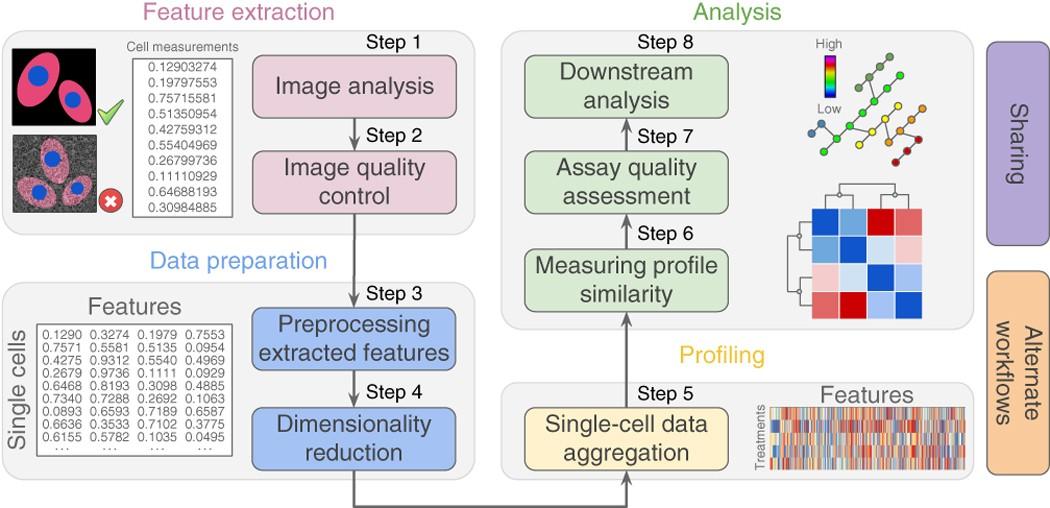How to Measure the Impact of SEL Programs: Key Metrics and Proven Assessment Strategies
Social-Emotional Learning (SEL) programs have become a cornerstone in modern education, equipping students with vital life skills such as self-awareness, empathy, and emotional regulation. But how do schools and organizations measure the impact of SEL programs? In this extensive guide, we’ll explore the key metrics, proven assessment strategies, and practical approaches to ensure your SEL initiatives truly make a difference. Whether your an educator,administrator,or policymaker,understanding how to evaluate SEL programs will help maximize their effectiveness and support your students’ growth.
Why Measuring SEL Impact Matters
SEL programs are designed to foster positive behavior, enhance academic performance, and build healthy relationships. However, without effective SEL assessment strategies, it becomes challenging to justify investments, make data-driven improvements, or demonstrate program success. Measuring the impact of SEL programs not only enables ongoing advancement but also supports stakeholder engagement and long-term sustainability.
Top Benefits of Effective SEL Program Assessment
- Informed Decision-Making: Reliable data helps leaders refine SEL initiatives for greater impact.
- Demonstrated Value: Proving SEL program effectiveness secures continued support and funding.
- Improved Student Outcomes: Targeted adjustments ensure SEL meets students’ diverse emotional and social needs.
- Strengthened Stakeholder Trust: Concrete evidence encourages buy-in from parents, educators, and the community.
Key Metrics for Measuring the Impact of SEL Programs
When assessing SEL programs,a combination of quantitative and qualitative metrics yields the most comprehensive insights. Here are the key metrics you should consider tracking:
1. Student Self-Assessment
- surveys & Questionnaires: Tools like the Devereux Student Strengths Assessment (DESSA) or Panorama SEL Surveys enable students to reflect on personal growth in areas such as self-management, relationship skills, and responsible decision-making.
- Journals and Reflections: prompting students to document their experiences offers a window into evolving emotional intelligence.
2. Teacher & Staff Observations
- Behavior Checklists: Classroom observations tracked over time can reveal shifts in student collaboration, conflict resolution, or class participation.
- Anecdotal Records: Descriptive notes about key incidents or patterns illuminate the nuances of social-emotional progress.
3. School Climate & Culture Surveys
- These gauge overall student and staff perceptions related to safety, belonging, support, and respect, offering context for the broader impact of SEL initiatives.
4. Academic Performance & Attendance data
- Grade Improvements: Enhanced SEL can correlate with academic gains, especially among students previously struggling with classroom engagement.
- Absenteeism & Discipline Referrals: decreases in these areas can signal a positive shift in school culture due to SEL.
5. Social-emotional Competency Growth
- Track development across the five core SEL competencies (self-awareness,self-management,social awareness,relationship skills,and responsible decision-making) using validated measurement tools.
6. Longitudinal Data
- Monitor changes over semesters or years to assess the sustained impact of SEL programs on students’ social and academic well-being.
Proven Assessment Strategies for SEL Programs
Implementing a robust assessment plan requires the right tools and a clear methodology. Here are the top SEL assessment strategies embraced by schools and organizations:
1. Pre- and Post-program Evaluation
- Conduct surveys or assessments before and after SEL initiatives to identify measurable improvements in targeted areas.
- Analyze differences in student responses to gauge program effectiveness.
2.The Use of Validated Assessment Tools
- DESSA (Devereux Student Strengths Assessment): Measures social-emotional competencies in K-12 students with high reliability.
- Panorama education: Offers customizable surveys for students, teachers, and families to capture SEL data.
- SELweb: An evidence-based tool providing interactive assessments of key competencies.
3. Multi-Informant Data Collection
- Gather insights from students, teachers, and parents to triangulate findings and reduce bias.
4. Focus Groups and Interviews
- Organize sessions with students and educators to delve deeper into personal experiences with SEL programs, illuminating qualitative impacts.
5.Continuous Progress Monitoring
- Integrate SEL monitoring into your school calendar (e.g., quarterly reviews) to identify trends and make timely adjustments.
Practical Tips for Measuring SEL Program Impact
- Set Clear, Specific Goals: Define what success looks like for your SEL program. Align metrics to these goals for maximum relevance.
- Ensure Measurement Consistency: Use the same tools and methodologies each cycle for reliable trend analysis.
- Respect Student Privacy: Handle SEL data confidentially and communicate clearly with families about how their children’s information will be used.
- Provide Training: Equip staff with the knowledge and skills to implement SEL assessment tools accurately and empathetically.
- Turn Data into Action: Don’t just collect information—use your findings to guide professional development, resource allocation, and program improvement.
Case Study: Successful SEL Impact Measurement in Action
Frequently Asked Questions about SEL Assessment
- How often should SEL program impact be evaluated?
- Best practise recommends at least twice a year—at program start and end—plus ongoing periodic check-ins for continuous improvement.
- Can SEL impact be measured only through academic performance?
- No. While academic indicators are significant,SEL impact is best assessed using a combination of social,emotional,and behavioral metrics.
- Are student self-reports reliable?
- When paired with teacher observations and caregiver feedback, student self-assessments provide valuable and authentic data for a well-rounded viewpoint.
Conclusion: Driving Success in SEL through Meaningful Measurement
Effectively measuring the impact of your SEL program ensures that your initiative is not just well-intentioned but genuinely effective.By focusing on the right key metrics and adopting proven assessment strategies, educators and organizations can drive lasting improvement in students’ social and emotional skills. Start with clear goals, use robust assessment tools, collect feedback from multiple sources, and most importantly—use your findings to foster a culture of growth, empathy, and achievement.
Implement these best practices and see firsthand how purposeful evaluation transforms your SEL programs from promising to truly impactful.

